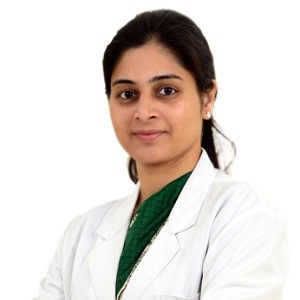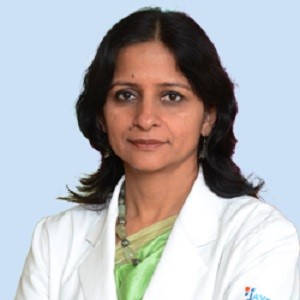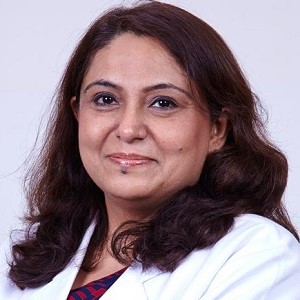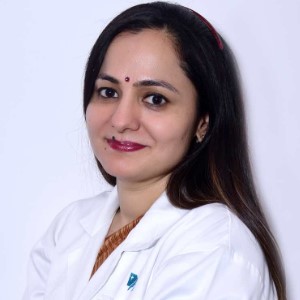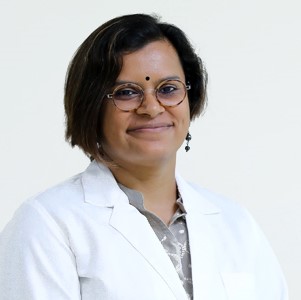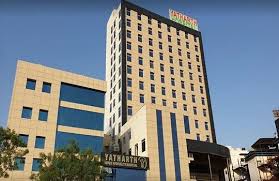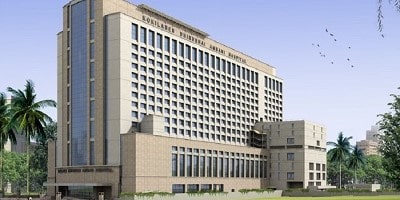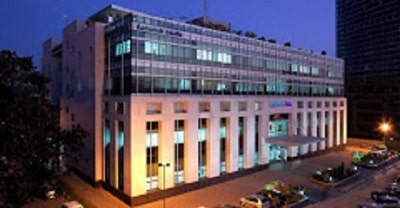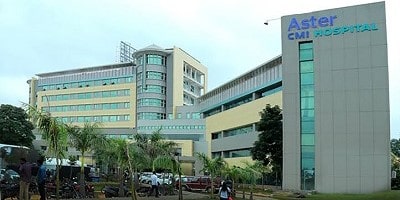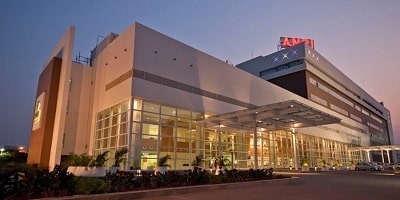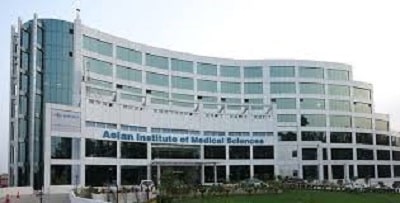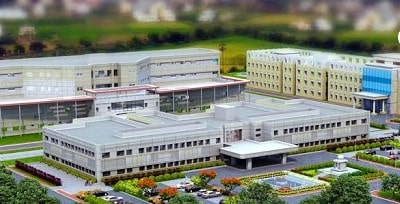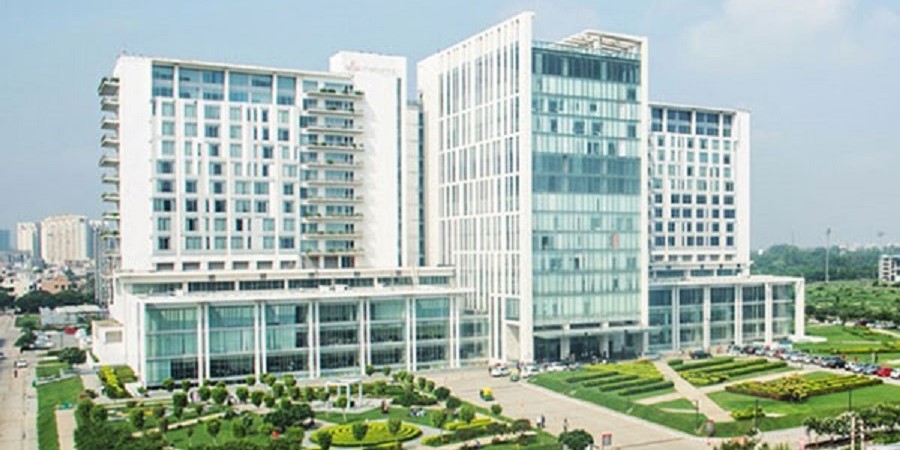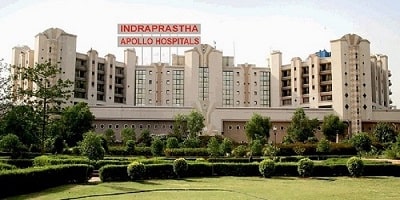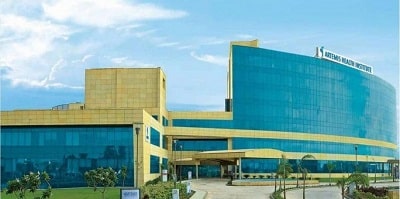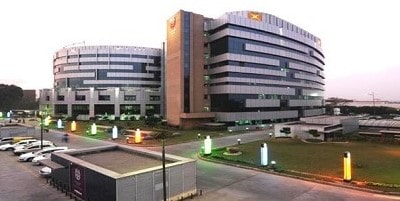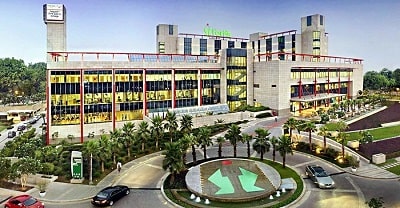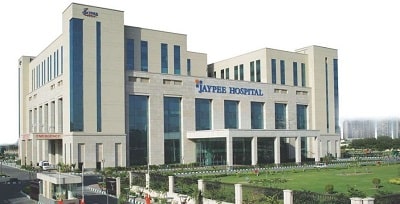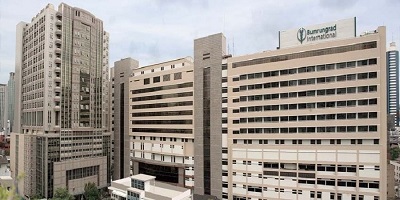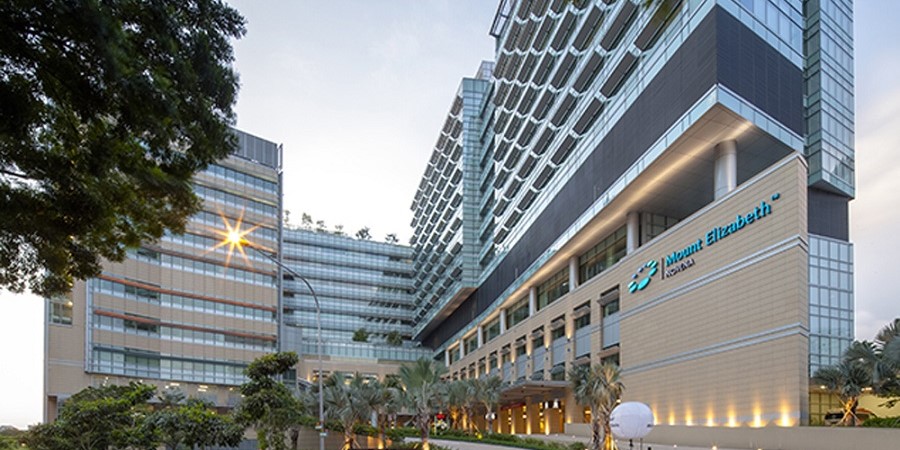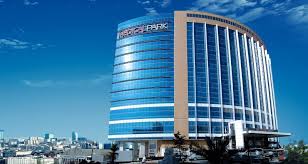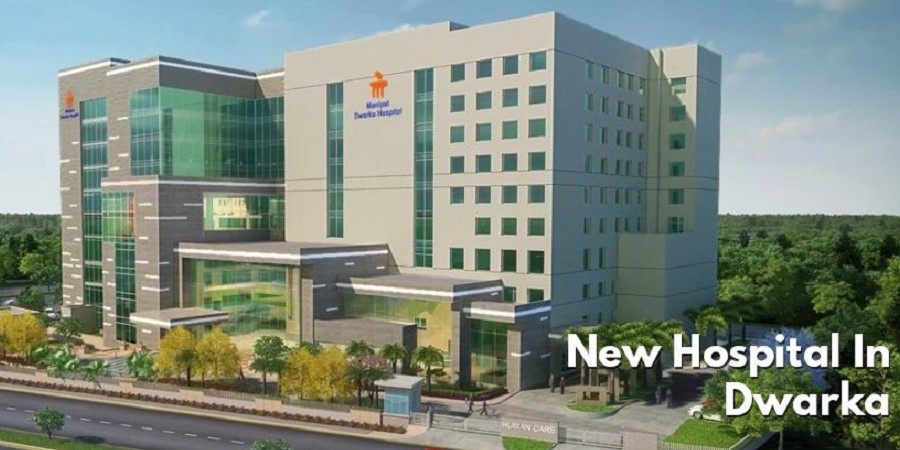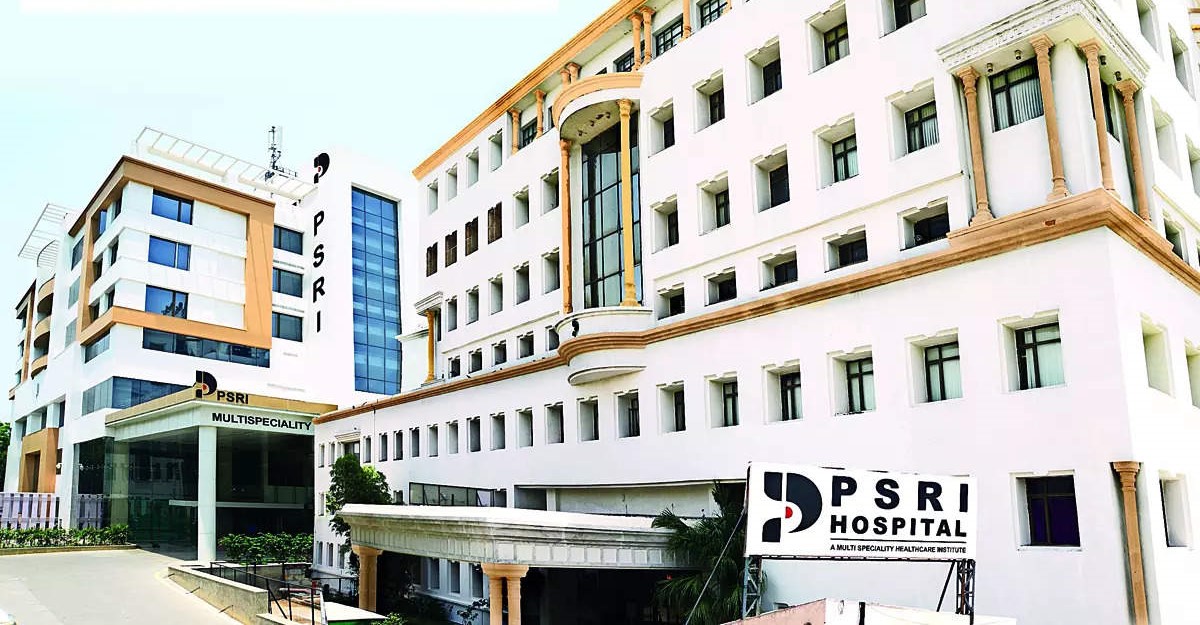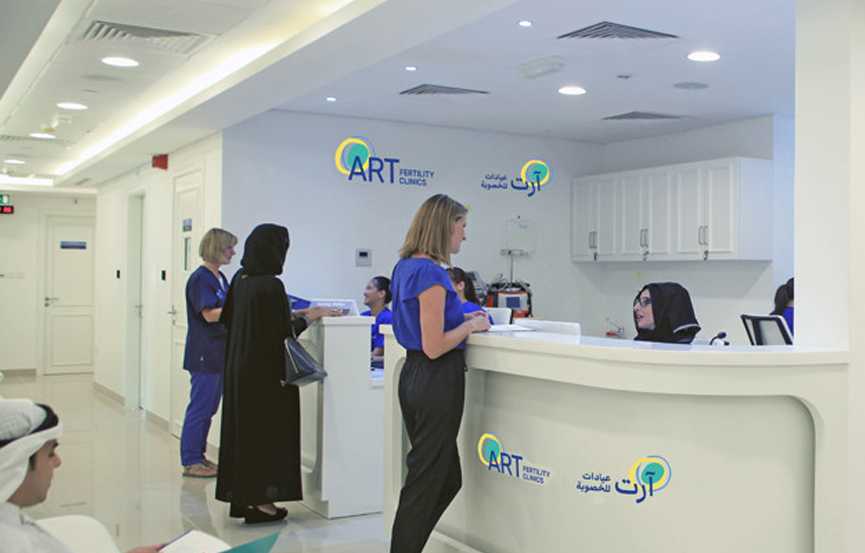
Duration of Treatment
OPD basis treatment
Days of Stay
one to two months stay in India
Anesthesia
No need
Cost
3500 to 6000 USD
How Much Does IVF Cost in India?
In vitro fertilization (IVF) helps in fertilization, embryo development, and implantation, so you can get pregnant. IVF stands for in vitro fertilization. It’s one of the more widely known types of assisted reproductive technology (ART). IVF works by using a combination of medicines and surgical procedures to help sperm fertilize an egg, and help the fertilized egg implant in your uterus.
IVF should be offered as a treatment for infertility in women over age 40. IVF can also be done if you have certain health conditions. For example, IVF may be an option if you or your partner has:
Fallopian Tube Blockage: It difficult for an egg to be fertilized or for an embryo to travel to the uterus if any patient has Fallopian tube blockage or damage.
Ovulation Disorder: If ovulation is infrequent or absent, fewer eggs are available for fertilization.
Endometriosis Cyst: It occurs when the uterine tissue grows outside of the uterus — such as affecting the function of the ovaries, uterus and fallopian tubes during the menstrual cycle.
Uterine Fibroids: Fibroids are benign tumors that grow in the wall of the uterus (womb) and are common in women in their 30s and 40s. Tumors become quite large and cause severe abdominal pain and heavy periods, It can interfere with implantation of the fertilized egg.
Tubal Ligation Removal: A type of procedure in which fallopian tubes are cut or blocked to permanently prevent pregnancy and want to conceive, IVF may be an alternative to tubal ligation reversal.
Impaired sperm production: Low sperm count, weak movement of sperm, or abnormalities (Double head or no tail) in sperm size and shape can make it difficult for sperm to fertilize an egg. If there are abnormalities seen in semen then the patient might need to see a specialist determine if there are correctable problems or underlying health concerns.
Risk factors of IVF treatment
- Multiple births
- Premature delivery
- Ovarian hyperstimulation syndrome
- Miscarriage
- Birth defects
- Stress
- To identify the diagnosis doctor advised going for complete evolution - usually blood investigation, Follicle-stimulating hormone (FSH), estradiol (estrogen) and anti-mullerian hormone in your blood during the first few days of your menstrual cycle and Ultrasound
- Semen Test for Husband will be advisable.
- IVF Doctor asked to sign a consent form, which gives them permission to carry out the treatment.
- The doctor should be informed about any medication that the patient may be taking.
- The patient is admitted for a few hours or follows the treatment on an OPD basis to the hospital.
- The IVF treatment Cost starting from 3500 to 3600 USD the cost varies depending upon City, hospitals, IVF doctor's qualifications & experience.
In IVF there is several steps needed:
- Ovarian Stimulation
- Egg Retrieval
- Sperm Retrieval
- Fertilization
- Embryo Transfer
One cycle of IVF can take about two to three weeks, and more than one cycle may be required.
IVF success rate for under the age of 30 has a 46 percent chance of getting pregnant. However, women over age 42 have a 15 percent success rate. More IVF success factors depending upon the patient's condition and IVF doctor treatment plan.
- Are you board-certified IVF doctor?
- How many years’ experience of you has in this field?
- How many procedures are you doing every day?
- Does your hospital certify to perform these types of IVF treatment?
- Am I a good patient for you to this of IVF treatment?
- Let me know success rates and how long time will take for recovery?
- What treatment plan do you recommend and Why?
- How long I have to stay in the hospital and outside the hospital?
- What are the risk factors for this type of IVF treatment?
- When can I go for normal activities, including exercise?
- Do I have stitches, staples, and/or bandages?
- What type of results can I expect?
- Do I need to go to another surgery in the future?
- Do I need any follow-up appointments or tests after my IVF treatment?
Top Doctors
Top Hospitals
IVF TREATMENT COST IN INDIA

Duration of Treatment
OPD basis treatment
Days of Stay
one to two months stay in India
Anesthesia
No need
Cost
3500 to 6000 USD
How Much Does IVF Cost in India?
In vitro fertilization (IVF) helps in fertilization, embryo development, and implantation, so you can get pregnant. IVF stands for in vitro fertilization. It’s one of the more widely known types of assisted reproductive technology (ART). IVF works by using a combination of medicines and surgical procedures to help sperm fertilize an egg, and help the fertilized egg implant in your uterus.
symptoms
IVF should be offered as a treatment for infertility in women over age 40. IVF can also be done if you have certain health conditions. For example, IVF may be an option if you or your partner has:
Fallopian Tube Blockage: It difficult for an egg to be fertilized or for an embryo to travel to the uterus if any patient has Fallopian tube blockage or damage.
Ovulation Disorder: If ovulation is infrequent or absent, fewer eggs are available for fertilization.
Endometriosis Cyst: It occurs when the uterine tissue grows outside of the uterus — such as affecting the function of the ovaries, uterus and fallopian tubes during the menstrual cycle.
Uterine Fibroids: Fibroids are benign tumors that grow in the wall of the uterus (womb) and are common in women in their 30s and 40s. Tumors become quite large and cause severe abdominal pain and heavy periods, It can interfere with implantation of the fertilized egg.
Tubal Ligation Removal: A type of procedure in which fallopian tubes are cut or blocked to permanently prevent pregnancy and want to conceive, IVF may be an alternative to tubal ligation reversal.
Impaired sperm production: Low sperm count, weak movement of sperm, or abnormalities (Double head or no tail) in sperm size and shape can make it difficult for sperm to fertilize an egg. If there are abnormalities seen in semen then the patient might need to see a specialist determine if there are correctable problems or underlying health concerns.
risk factors
Risk factors of IVF treatment
- Multiple births
- Premature delivery
- Ovarian hyperstimulation syndrome
- Miscarriage
- Birth defects
- Stress
preparation
- To identify the diagnosis doctor advised going for complete evolution - usually blood investigation, Follicle-stimulating hormone (FSH), estradiol (estrogen) and anti-mullerian hormone in your blood during the first few days of your menstrual cycle and Ultrasound
- Semen Test for Husband will be advisable.
- IVF Doctor asked to sign a consent form, which gives them permission to carry out the treatment.
- The doctor should be informed about any medication that the patient may be taking.
- The patient is admitted for a few hours or follows the treatment on an OPD basis to the hospital.
- The IVF treatment Cost starting from 3500 to 3600 USD the cost varies depending upon City, hospitals, IVF doctor's qualifications & experience.
procedure
In IVF there is several steps needed:
- Ovarian Stimulation
- Egg Retrieval
- Sperm Retrieval
- Fertilization
- Embryo Transfer
One cycle of IVF can take about two to three weeks, and more than one cycle may be required.
post procedure
success rate
IVF success rate for under the age of 30 has a 46 percent chance of getting pregnant. However, women over age 42 have a 15 percent success rate. More IVF success factors depending upon the patient's condition and IVF doctor treatment plan.
faqs from doctor
- Are you board-certified IVF doctor?
- How many years’ experience of you has in this field?
- How many procedures are you doing every day?
- Does your hospital certify to perform these types of IVF treatment?
- Am I a good patient for you to this of IVF treatment?
- Let me know success rates and how long time will take for recovery?
- What treatment plan do you recommend and Why?
- How long I have to stay in the hospital and outside the hospital?
- What are the risk factors for this type of IVF treatment?
- When can I go for normal activities, including exercise?
- Do I have stitches, staples, and/or bandages?
- What type of results can I expect?
- Do I need to go to another surgery in the future?
- Do I need any follow-up appointments or tests after my IVF treatment?
